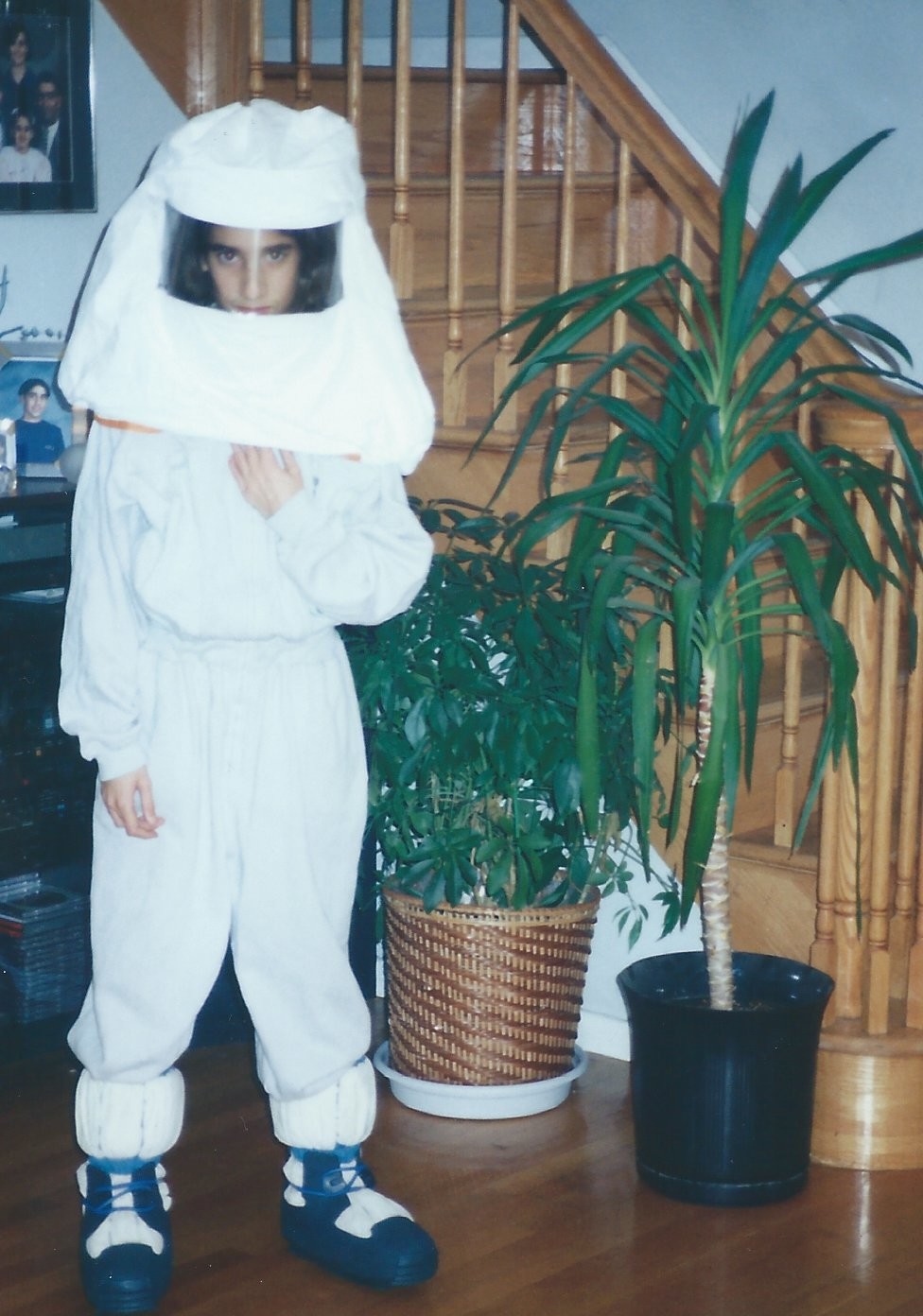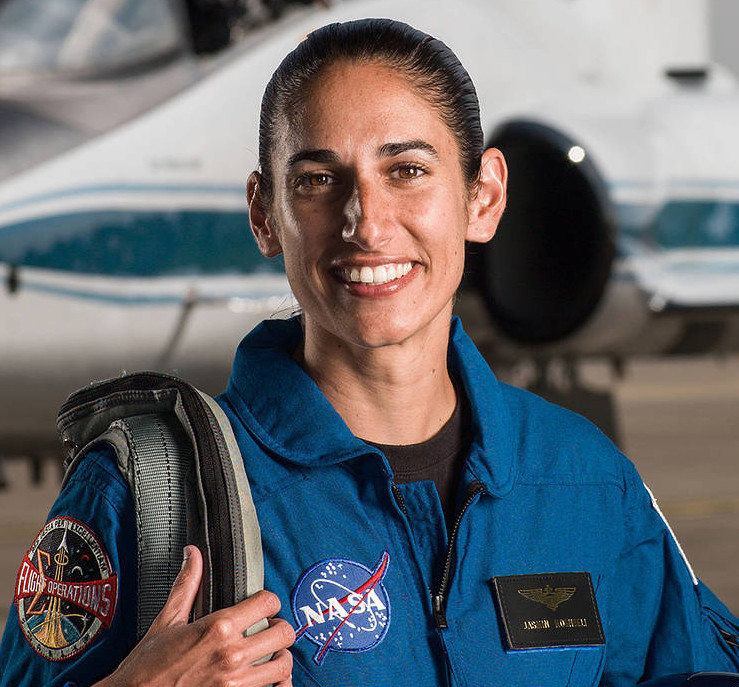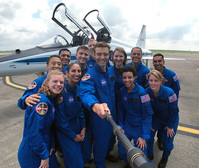Reaching for the stars
Baldwinite accepted into NASA
One Long Island-born woman is living her childhood dream of becoming an astronaut after getting into NASA’s training program.
An aerospace engineer and Baldwin native, Jasmin Moghbeli, 33, was one of 12 people accepted into NASA’s 2017 Astronaut Candidate Class (the largest since 2000). This year, NASA received a record-breaking number of applications — more than 18,300.
“Honestly, there’s no way I could adequately put [how I feel] into words. This is something I’ve wanted to do since I was a little kid,” Moghbeli said. “To actually have your childhood dream of becoming an astronaut come true, I don’t think I could ever really explain that.”
Moghbeli earned a bachelor’s degree in aerospace engineering with information technology from the Massachusetts Institute of Technology, followed by a master’s degree in aerospace engineering from the Naval Postgraduate School. She also is a distinguished graduate of the U.S. Naval Test Pilot School, and currently tests H-1 helicopters and serves as the quality assurance and avionics officer for Marine Operational Test and Evaluation Squadron 1 in Yuma, Ariz.
She has dreamed of working for NASA since sixth grade. “I’ve always been interested in math and science, and between that and my sense of adventure, it all kind of tied together.”
She recalled writing a book report on one of her heroes, Valentina Tereshkova — a Russian cosmonaut and the first woman to fly in space. For her class presentation, she had to dress up like the subject of her report. “My mom helped me make a little space outfit, and I wore that into school,” she said.
During her time in the Baldwin Middle School and High School, Moghbeli said she met wonderful people who helped her. “The public school system was amazing, and not just for the teachers in the main subjects, but the arts and music … and all the after-school activities I participated in, I think all of those played a part in me getting there ... Everyone supported me and challenged me throughout my life, and I think that’s what got me here.”
During a ceremony at the agency’s Johnson Space Center in Houston, Vice President Mike Pence joined NASA leaders as they introduced the members of the 2017 astronaut class on June 7.
“These are 12 men and women whose personal excellence and whose personal courage will carry our nation to even greater heights of discovery, and who I know will inspire our children and our grandchildren every bit as much as your forebears have done so in this storied American program,” Pence said. “And to this newest class of astronauts, it’s my honor to bring the sincere congratulations of the 45th President of the United States of America, President Donald Trump. Your president is proud of you, and so am I.”
Moghbeli recalled how she felt when she recieved word that she had been accepted into the program. “When I got that phone call, my hands were shaking for quite a while after.” She called her parents later that day while they were out to lunch to tell them. When her father heard, he cried so much, he couldn’t drive home from the pizzeria.
“I just want to say how grateful I am to all the people who helped get me here,” she said.
She and her classmates will return to Johnson in August to begin two years of training. In that time, they will become familiar with everything they need to know to become full-fledged astronauts, from robotics and engineering, to language and survival training.
After, they could be assigned to a variety of missions, including; performing research on the International Space Station, launching from American soil on spacecraft built by commercial companies, and departing for deep space missions on NASA’s new Orion spacecraft and Space Launch System rocket.
“We look forward to the energy and talent of these astronauts fueling our exciting future of discovery,” acting NASA Administrator Robert Lightfoot said in a news release. “Between expanding the crew on board the space station to conduct more research than ever before, and making preparations to send humans farther into space than we’ve ever been, we are going to keep them busy. These candidates are an important addition to the NASA family and the nation’s human spaceflight team.”











